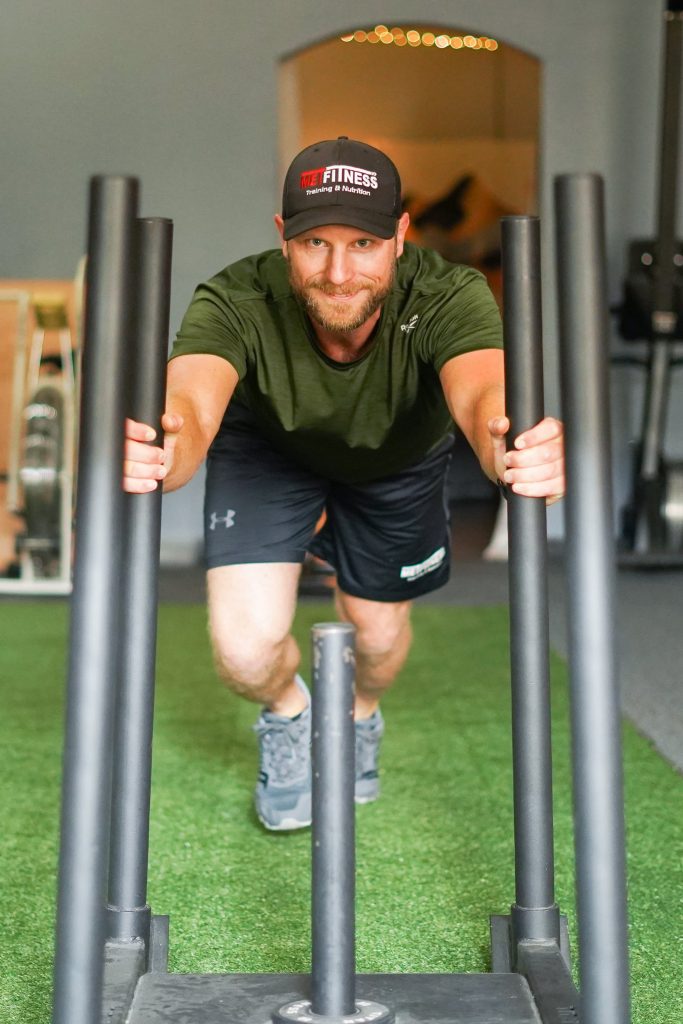When it comes to aging, most of the discussion is about how to live longer. While lifespan is important, I would argue health span is more critical. Healthspan is the period of your life that you remain free of disease and disability. It is about adding life to your years, not just years to your life.
Taking a smarter, stronger and healthier approach now can help improve the quality of life in your golden years.
SMARTER
Smarter aging uses the best and most current evidence to influence your health decisions. News feeds are brimming with contradictory health advice. The best way to differentiate quality information from pseudoscience is to check the source. The most credible information comes from published journals, reviewed by scientific peers. Equally important is that the research was conducted with large groups of subjects over extended periods of time. If you’re unsure, ask a qualified health professional whether the advice is practical, authentic and safe.
For healthy aging, protein is crucial. This has been at the center of debate for years, and recent research is pushing the status quo on protein consumption. The U.S. Recommended Dietary Allowances suggests that you consume 0.36 grams of protein per pound of body weight. While this may be sufficient to prevent protein deficiency, it isn’t nearly enough protein to optimize health and function. Better evidence recommends consuming at least half of your body weight in grams of protein per day.
As with all health decisions, talk to your health care provider about the exact amount of protein that’s right for you.
STRONGER
A stronger approach to health span relies on protein to build muscle and strength. This in turn is directly associated with greater health, higher levels of physical function and even longer life. While protein is the building block of muscle, resistance training is what produces strength. I recommend all adults complete an hour of strength training, two to four days per week. The best strength routines train all major muscle groups through pushing, pulling, squatting and hip hinging.
It’s important to understand, however, that strength benefits aren’t exclusive to skeletal muscles. The heart also responds well to stronger exercise programming.High Intensity Interval Training(HIIT) is like strength training for your cardiovascular system, especially if your intervals involve weighted exercises. I like programming 30-60 second intervals of movements like sled pushes, weighted rope slams and carrying heavy dumbbells across the room and back.Try to incorporate 10-30 min of HIIT after each strength training session, or on two to three days by itself.
HEALTHIER
If this sounds like an incomplete recipe for living your healthiest life, well, it is. There’s more to health span than increasing protein and lifting weights, but these are great places to start. The bottom line is a healthier approach to aging is about taking control of as many health risk factors as possible.
Do your best to get eight hours of sleep each night. Try to limit alcohol to no more than two drinks a day and less than seven in a week. Prioritize mental and emotional health through personal growth and professional guidance.Make movement a priority every day.
And in all of this, don’t expect perfection. Instead, chose one thing to improve on each week. The decisions you make today will shape your health tomorrow.
Mason Stevens is owner and exercise physiologist at MET-Fitness in Columbia. He has his bachelor’s in nutrition and fitness, and has more than 10 years of experience in sports conditioning, coaching and fitness.



